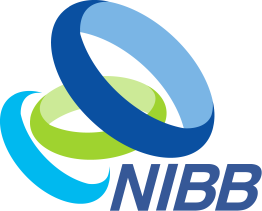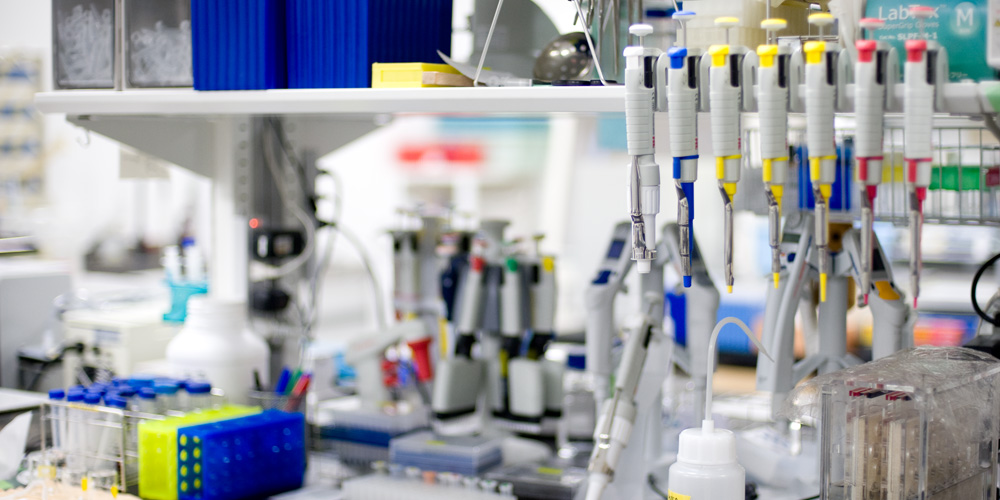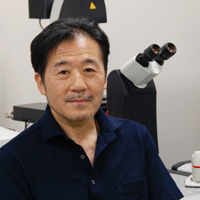
National Institute for Basic Biology





(Written in 2021)
The complex morphogenesis of organisms is achieved by the dynamic rearrangement of tissues during embryogenesis in which changes in cellular morphology, as well as orchestrated cell movements, are involved. For cells to know how they should change their shape and where they should move, information known as “cell polarity”, which confers them asymmetry, is essential. We have been studying how cell polarity is established within cells and how cell polarity is interpreted by cells to apply this information to their behaviors. We attempt to understand the mechanisms underlying these events using several model animals, including frogs, fish, and ascidians. In addition to genes and proteins that are widely known to govern biological phenomena and have been extensively studied in the past several decades, a growing body of evidence now suggests that physical environments that include light, temperature, and internal and external forces influence cellular as well as organismal behaviors. In particular, we are currently investigating the contribution of physical forces using frog embryos and the light-dependent behaviors using coral planula larvae to understand the impact of physical environments on organisms.
Kinoshita, N., Hashimoto, Y., Yasue, N., Suzuki, M., Cristea, I.M., and Ueno, N. (2020). Mechanical Stress Regulates Epithelial Tissue Integrity and Stiffness through the FGFR/Erk2 Signaling Pathway during Embryogenesis. Cell Rep. 30, 3875-3888.
Sakai, Y. Kato, K., Koyama, H., Kuba, A., Takahashi, H., Fujimori, T., Hatta, M., Negri, A.P., Baird, A.H., and Ueno, N. (2020). A step-down photophobic response in coral larvae: implications for the light-dependent distribution of the common reef coral, Acropora tenuis. Sci Rep. 10, 17680.
Sakai, Y., Hatta, M., Furukawa, S., Ueno, N., Kawata, M., and Maruyama, S. (2020). Environmental factors explain spawning day deviation from full moon in the scleractinian coral Acropora. Biol. Lett. 16, 20190760.
Hashimoto, Y., Kinoshita, N., Greco, T., Federspiel, J., Beltran, P.J., Ueno, N., and Cristea, I.M. (2019). Mechanical Force Induces Phosphorylation-Mediated Signaling that Underlies Tissue Response and Robustness in Xenopus Embryos. Cell Syst. 8, 226-241.
Tominaga, H., Satoh, N., Ueno, N., and Takahashi, H. (2018). Enhancer activities of amphioxus Brachyury genes in embryos of the ascidian, Ciona intestinalis. Genesis 56, e23240.
Hayashi, K., Yamamoto, T.S., and Ueno, N. (2018). Intracellular calcium signal at the leading edge regulates mesodermal sheet migration during Xenopus gastrulation. Sci. Rep. 8, 2433.